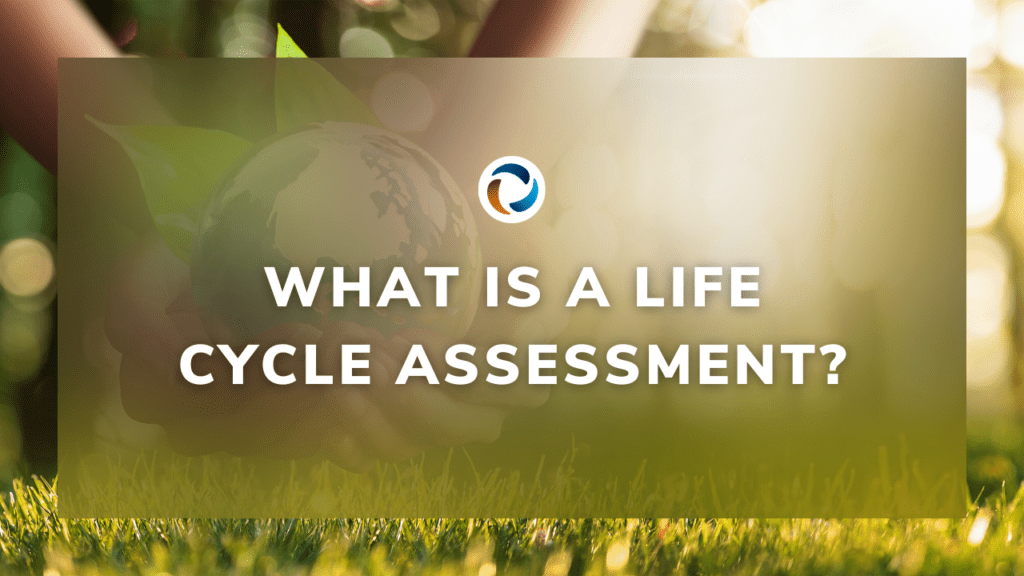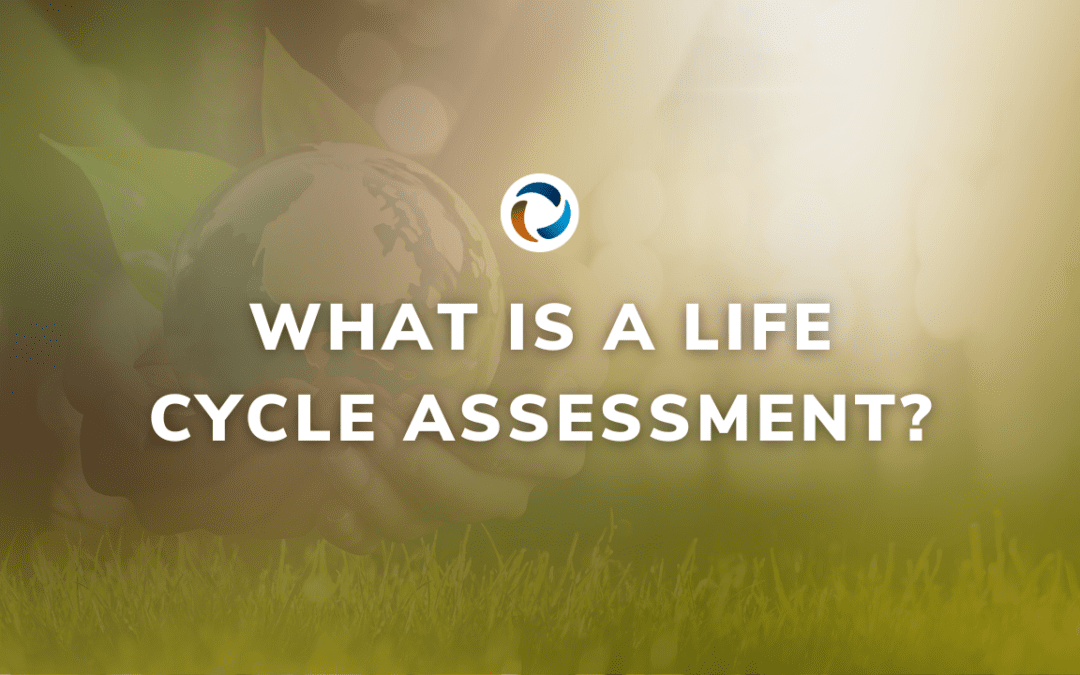
What is a Life Cycle Assessment?
We’ve all heard of the term “Going Green” and how it helps to reduce our environmental footprint. But what does it mean to go green, and how can we make sure our products are eco-friendly? This is where a Life Cycle Assessment (LCA) comes in. Let’s dive in.
Understanding Life Cycle Assessments
A Life Cycle Assessment is like a report card on the environmental impact of products, grading them across their entire life cycle – from production and use through disposal. It aims to quantify every aspect from material input to output – such as fossil fuel use, greenhouse gas emissions, water use, landfill waste, and product weight comparison. This process helps ensure that products are designed with sustainability in mind, preserving our world for future generations.
How are LCAs used?
LCAs can be used to help businesses make informed decisions about how to reduce their carbon footprint. Companies also use LCAs to compare the environmental performance of different products before deciding which one they want to produce or purchase. This helps them make informed buying decisions without sacrificing quality or performance. Businesses leverage the power of LCAs to meet their sustainability targets. With data-driven proof that a product is economically, socially and environmentally beneficial, companies can demonstrate the positive outcomes of their product and engage consumers in supporting sustainable practices – empowering responsible decision-making along the way and setting their brand apart from competitors in an evolving market.
In conclusion, Life Cycle Assessments are an essential tool for businesses looking to understand the full life cycle impact of their products and services on the environment over time. Through comprehensive analysis, LCAs provide valuable insights into how companies can reduce their carbon footprint and improve sustainability. Ultimately, this will help them create more sustainable business models while satisfying customer demands for eco-friendly solutions.

